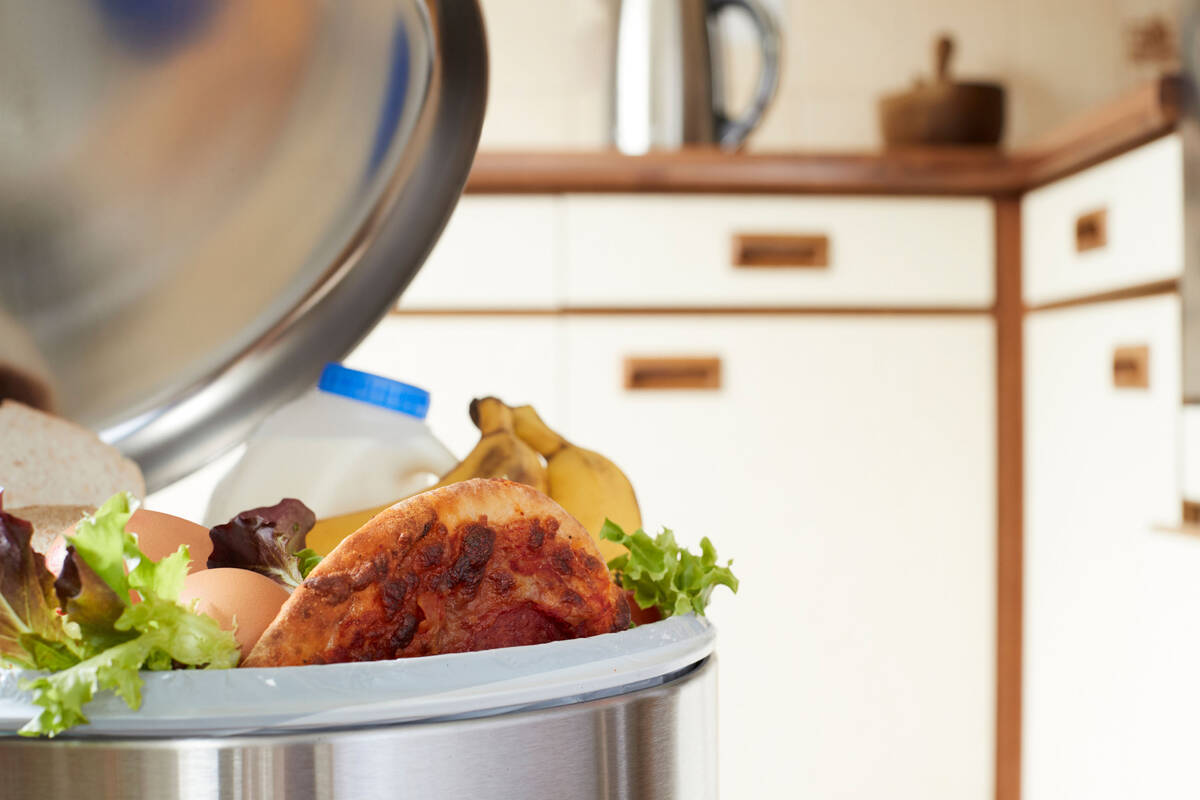US has a major food waste problem. Here’s how you can help.
“It’s hard for a bruised apple to find a home.”
That’s how registered dietitian Judy Barbe began “Fuel for the Future: Solutions to Reduce Food Waste at Home,” a recent webinar sponsored by the Academy of Nutrition and Dietetics.
We’ve all been perpetrators of food waste in ways that we may not be aware, she explained. Turning away from slightly blemished produce is one of them. So is leaving behind that lone banana that was separated from its bunch at the grocery store. And how about letting leftovers die a slow death in the fridge? Guilty.
According to the Environmental Protection Agency, food is the most common material in U.S. landfills. And apart from consumer-facing businesses like grocery stores and restaurants, home is where most food waste happens, according to data from ReFED, a nonprofit dedicated to ending food loss and waste in the U.S.
Barbe gave us some pretty cool solutions to repurpose food in our own homes.
“When planning meals, ask, ‘What do I have to eat?’ not ‘What do I want to eat?’ ” she says. “And don’t forget to shop your freezer!”
A grocery list is still the best way to buy wisely. A lot of waste happens when we purchase more than we need, Barbe says.
Then, make sure to store your food wisely.
Milk, for example, does not belong on the door, but in the coldest part of the refrigerator: in the back, on a bottom shelf. And keep eggs in their carton to retain moisture, she advises.
Use the humidity levers on your produce drawers. Set it to higher humidity for leafy greens, herbs and cucumbers, and lower humidity for apples, pears, stone fruit and avocados.
And yes, bananas can be stored in the fridge after they ripen, Barbe says. “The skin will turn black,” says Barbe, “But the inside will stay perfectly fine.”
Don’t toss what you can use. Carrots, for example, don’t need to be peeled.
Then eat it all, which doesn’t necessarily mean no leftovers. In fact, you’ll be more efficient — and avoid overeating — if you cook once and eat two or three times, Barbe says.
I liked her idea for a “soup bag” in the freezer with bits and pieces of leftover veggies and meat. Leftover broth and even wine can also be stored in the freezer for future soups and sauces.
After hearing this, my friend looked puzzled and said: “Whoever has leftover wine?”
Barbara Intermill is a registered dietitian nutritionist and syndicated columnist. Email her at barbara@quinnessentialnutrition.com.




























